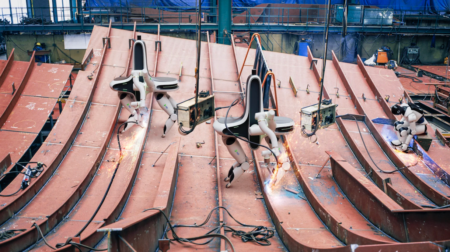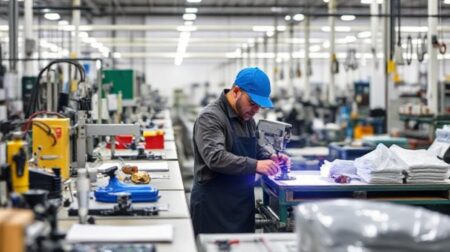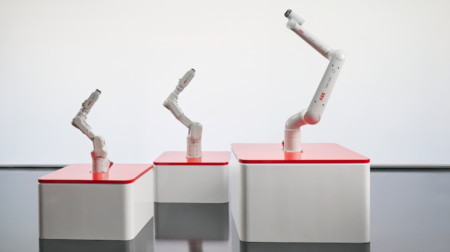Mitsubishi Electric and the National Institute of Advanced Industrial Science and Technology (AIST) have developed an AI technology that predicts changes during automated manufacturing processes and then makes real-time adjustments in the factory-automation (FA) equipment.
In addition to eliminating the need for time-consuming manual adjustments, the AI estimates the confidence level of inferences regarding factors such as machining error and then controls the FA equipment based on suitable levels of confidence. The technology is expected to lead to more stable, reliable and productive operations, particularly in agile manufacturing.
The new low-load AI control technology performs inferences while simultaneously controlling FA equipment. Mitsubishi Electric added although the technology minimises its processing load, it is capable of achieving high-level inference accuracy while simultaneously guiding FA equipment control.
Furthermore, the new technology allows the AI to learn work factors during FA equipment operation and then make real-time adjustments as needed. It can also formulate physical phenomena, such as friction, and then incorporates it to enable learning during operation. This makes it possible for the system to adapt to constantly changing processing factors.
Mitsubishi Electric added its new algorithm calculates the confidence level of inferences by learning the machine characteristics of each process and each target device. By using this algorithm to control FA devices, the new AI ensures high reliability.
To trial the AI control technology Mitsubishi Electric and AIST developed a solution to estimate loads on robotic arms. Various load parameters are utilised to calculate acceleration and deceleration speeds, for which the AI function quickly infers load values using information about the robot, such as motor current and joint angle.
Acceleration and deceleration are adjusted based on estimated values and confidence levels. To evaluate the effectiveness of this technology, a validation test was conducted to compare differences in robot motion when using and not using load inferences. The partnership found robot operation time was reduced by 20% when inferences were used.
It also tested the system for automatically adjusting an engraving electric discharge machine and as an AI error-correction solution for CNC cutting machines.








